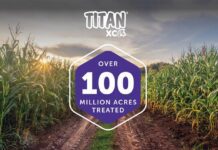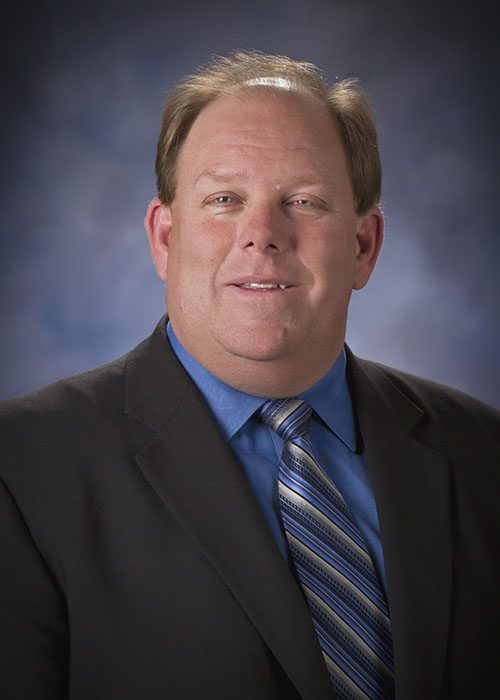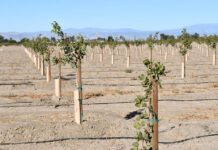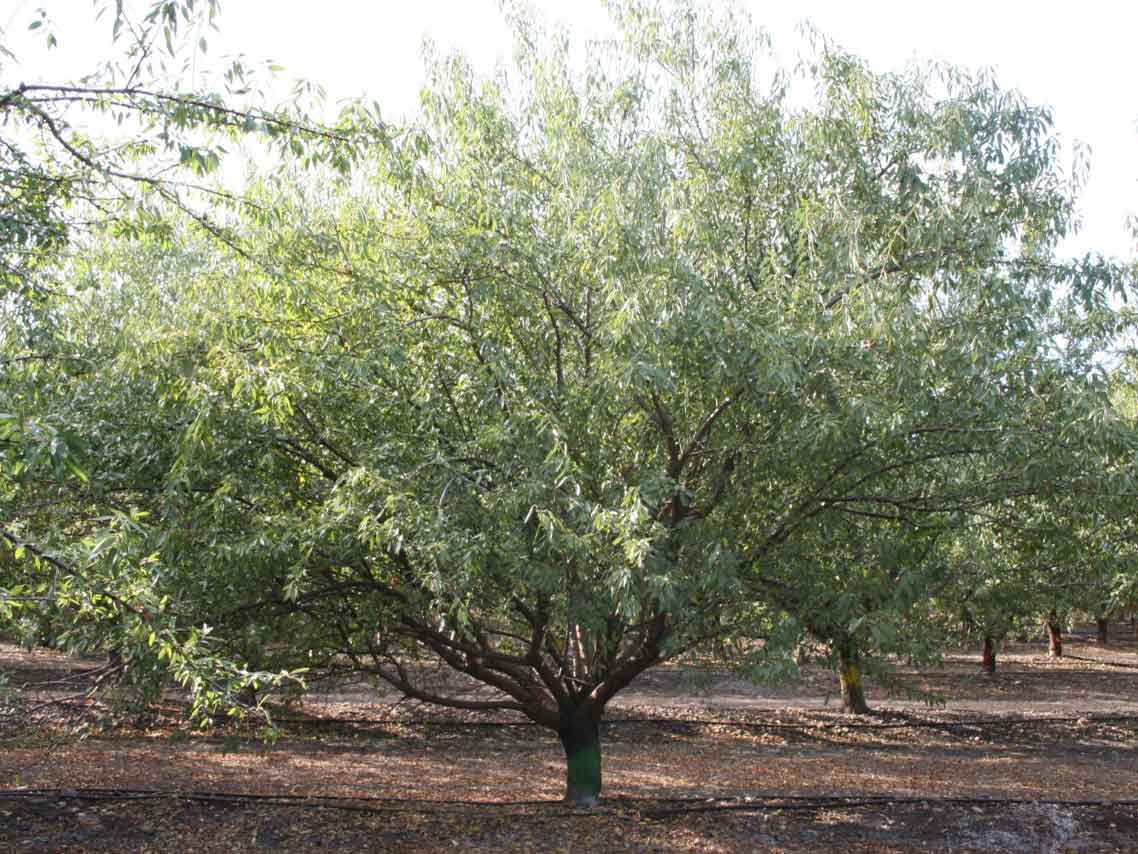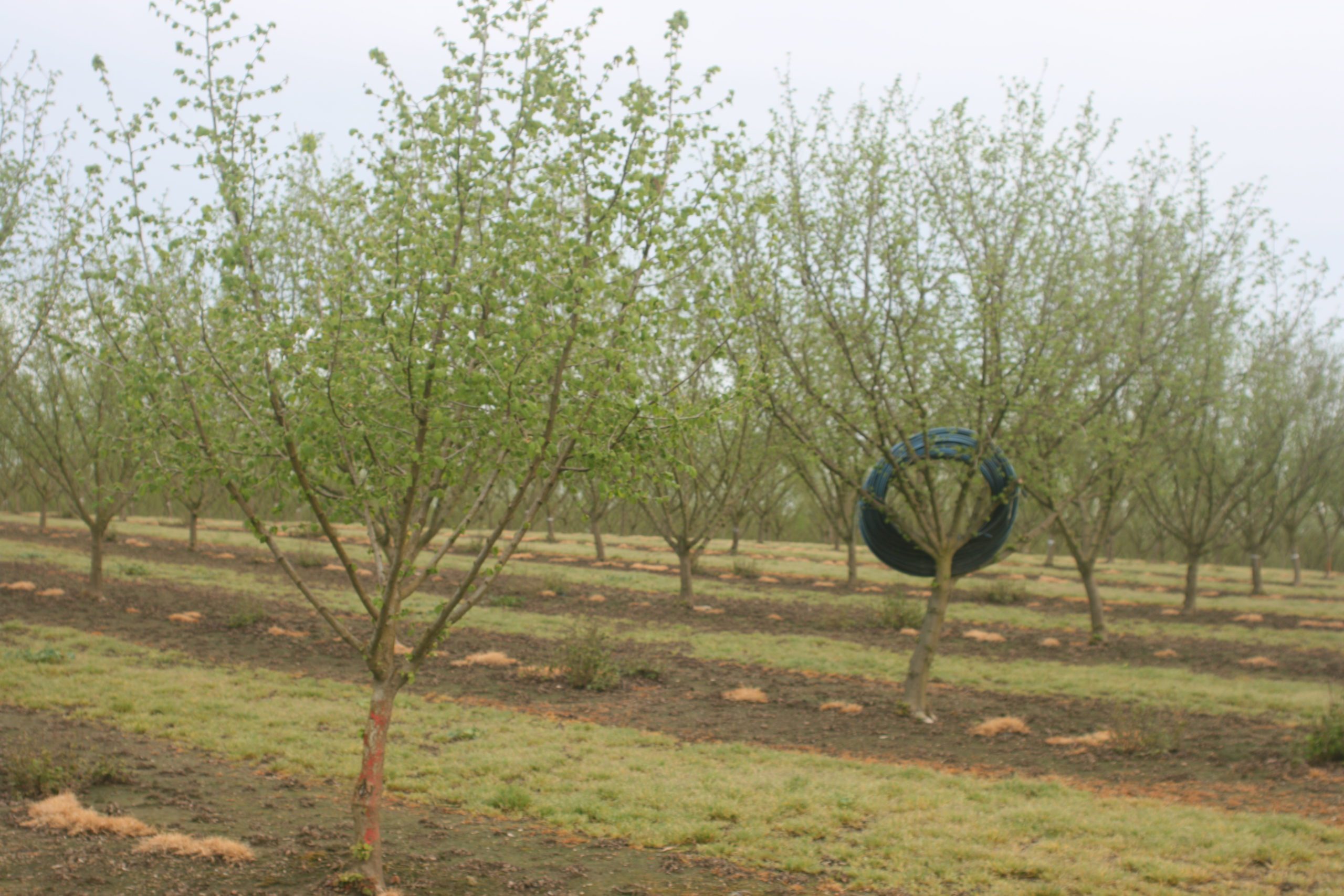Listen to the audio version of this article. (Generated by A.I.)
As we roll from June into July, I think it is a good time to check on what is happening with legislation this year and check the pulse of all these young legislators. The deadline for bills to have passed out of their house of origin has passed, and several bills didn’t make it. They either died or were parked until next year. This year, both houses imposed caps on the number of bills to be introduced during any two‑year legislative session to 35 per legislator, so the total number of bills is down historically speaking, with 1,531 bills in the Assembly and 864 in the Senate.
The following is a summary of a few of the key ones we are following so far:
AB 707 (Soria)
This bill, carried by Assemblywoman and Assembly Ag Committee Chair Esmeralda Soria, would appropriate $455 million toward the relocation of Highway 152 to accommodate the raising of the San Luis Reservoir. The dam would be raised by 10 feet and would expand the capacity of the reservoir from 2,000,000 acre-feet by an additional 130,000 acre-feet. While there is widespread support for this bill, it has been parked for the year because of the state’s budget situation.
AB 732 (Macedo)
As the Sustainable Groundwater Management Act continues to be implemented and crop mixes change, there has been an uptick in abandoned orchards and vineyards. While it is understandable, there has also been an uptick in pests, including damaging insects, rodents and even wild pigs seen in these abandoned orchards. This leaves surrounding farms vulnerable to increased damage and yield loss. This bill would authorize county ag commissioners, after exhausting all efforts to get the landowner to address a proven nuisance, to levy civil penalties. This bill has received a lot of support, passed out of the Assembly and has now moved on to the Senate.
AB 914 (Garcia)
This bill has been amended a couple times but would now authorize the California Air Resources Board to establish fees on facilities and mobile sources of toxic‑air contaminants and operations subject to airborne toxic‑control measures. This bill was a bad bill for industry and has been parked for this year.
AB 942 (Calderon)
This is terrible legislation that would impact every user of solar, especially those involved in agricultural operations that have made a long‑term investment and are banking on recouping the savings for at least 20 years. This legislation would immediately stop any solar contracts currently operating under NEM 1.0 or NEM 2.0 after only 10 years of service and place them under the Net Billing Tariff, which provides far less savings than NEM 1.0 or 2.0, even though those were guaranteed for those solar‑equipment owners when they purchased and installed them. This is moronic, but not beyond the utilities to try to pull the rug out from under ratepayers. The public came out strong against this bill, including agricultural interests, and the bill has been amended to apply only when the property has been sold. It has been stated that even then it would not apply to agricultural operations, but those have yet to be defined, so we remain in opposition.
AB 1046 (Bains)
Currently, food processors are required to register as Tier 1 or Tier 2 facilities and report how much food waste they send to landfills, even if they don’t send anything to a landfill. In addition, in some counties they are subject to inspections and must pay fees for this program. Tree nut operations do not generate any food waste that goes to a landfill, and some counties recognize this and have exempted these operations from the program. Others have not. This bill would narrowly exempt those operations that do not send any food waste to a landfill. AB 1046 has received no opposition, passed out of the Assembly and is now in the Senate.
AB 1305 (Arambula)
This legislation would require air pollution control districts to make publicly available a map of all permitted facilities within the air district and to consult with community activist groups in designing the map and how it is displayed to the public. This is a bad bill that would ultimately give more power to activist groups. It remains in the Assembly, where it is on life support until next year.
AB 1336 (Addis)
This bill would create a disputable presumption that a heat‑related injury that develops within a specified timeframe after working outdoors for an employer in the agricultural industry arose (or came) in the course of employment. It is incumbent on the employer to prove it did not happen at work. This bill has moved through the Assembly and is now in the Senate.

SB 72 (Caballero)
Among other things, this legislation would require the Department of Water Resources to update the interim planning target for 2050 for the California Water Plan to include a discussion of the needs for a sustainable urban sector, agricultural sector and environment, as well as safe drinking water for all Californians. This bill has received broad support, passed the Senate and is now in the Assembly.
SB 89 (Weber Pierson)
This legislation would prohibit the sale of glyphosate after Jan. 1, 2028. This bill never had a hearing and is dead.
SB 279 (McNerney)
This bill would increase the exemption for composting agricultural materials on the farm from 1,000 cubic yards to 5,000 cubic yards to be given away or sold. This bill has received good support and has moved on to the Assembly. Commercial composting operations are the only opposition.
SB 318 (Becker)
This bill would establish definitions for the terms “best‑available control technology” (BACT) and “best‑available retrofit control technology” for purposes of the laws governing air pollution and would set forth various requirements for the determination of BACT. The bill would have added new permitting requirements, both locally and federally, and would have allowed public involvement in the permitting process. Thankfully, this bill ran into some stiff opposition and has been held over until next year.
SB 601 (Allen)
This legislation would grant the State Water Resources Control Board unbridled authority to adopt water‑quality standards for any waters, including those exempted on the federal level. It creates a new term, “nexus waters,” which the state would define as all waters of the state. The bill has been amended but remains a problem. Despite widespread opposition from agricultural interests, it has moved on to the Assembly.
SB 628 (Grove)
Farmworkers and farms have been impacted by California’s overtime laws, creating an unlevel playing field compared with the 45 states that do not have any ag overtime provisions. This bill would create a payroll tax credit to reimburse agricultural employers for overtime wages paid to ag employees. Despite support from agricultural interests, this bill was voted down in the first committee, Assembly Labor. Interestingly, similar legislation for Hollywood actors and workers was thrown into the budget as a trailer bill and passed and was signed by the governor.
SB 778 (Limón)
This bill would redefine the eligibility criteria for migrant agricultural worker families to access the Migrant Childcare and Development Programs. By lowering the income threshold from 50% to 40% of total gross income earned from agricultural work, this bill will make it easier for more farmworker families to qualify for essential services such as meals, snacks, parent education and referrals to health and social services, including staff‑development opportunities for employees. This bill has moved on to the Assembly.
Finally, California is facing another tough year financially. At the time I write this, it appears the Legislature and governor have arrived at a $321 million budget deal that will require dipping into the “rainy‑day fund” and other cash reserves to balance the budget. Meanwhile, discussions continue on the Cap‑and‑Trade program for greenhouse‑gas emissions. The Cap‑and‑Trade program takes the highest‑emitting facilities of greenhouse gases and requires them to directly reduce their emissions, obtain allowances to cover their emissions or purchase offsets to mitigate up to 4% of their emissions to pay for emission‑reduction projects elsewhere. The revenue generated by the auction is used to fund many things, including high‑speed rail, and everyone now sees it as the only viable source of revenue to fund projects like low‑income housing and urban‑infrastructure programs.
There are two issues with the Cap‑and‑Trade discussion. One is to extend the program beyond the 2030 sunset date to at least 2045. The other is how the revenue generated is spent. The governor, in his latest budget proposal, is looking to spend a big chunk on high‑speed rail and wildland‑fire activities. Under state law, 25% of the Greenhouse Gas Reduction Fund is earmarked for high‑speed rail. The governor also wants to shift $1.54 billion from the General Fund to the GGRF toward wildfire efforts, considering the wildfire disaster that occurred in Los Angeles this past year. In the end, who knows how it shakes out, but it looks like agriculture will take a hit; we hoped for money for air‑quality (tractor replacement through the FARMER program) and water for GSA projects throughout the state, and it will not be there.
So bad news: There is no money for ag when it needs it most. But the good news: Maybe voters have started to wake up and elect people with common sense and a more business‑friendly attitude. Only time will tell, but early indications appear promising compared with the past.

Roger A. Isom | President/CEO, Western Agricultural Processors Association
Roger is President/CEO of the California Cotton Ginners and Growers Association and Western Tree Nut Association. He brings over 30 years of regulatory and legislative advocacy experience, specializing in environmental and safety matters. Roger’s responsibilities include the management of both Associations’ staff and day-to-day operations. Roger is also the President of the Ag Energy Consumers Association (AECA), board member and Past President of the Ag One Foundation at California State University Fresno, and manages the Navel Orangeworm Action Committee (NOWAC).




